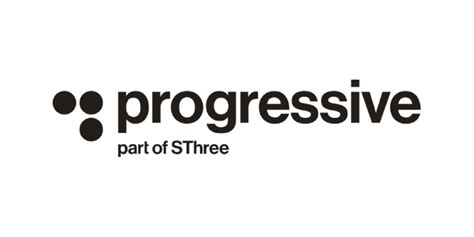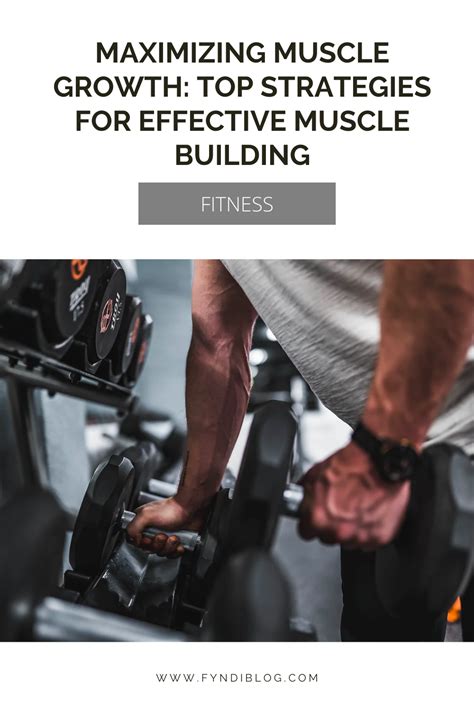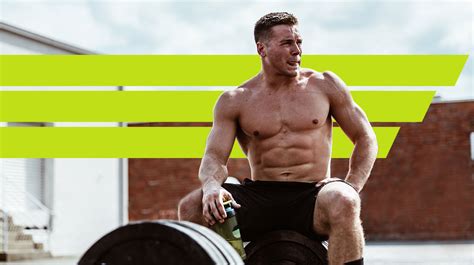Beyond reps, how do elite men optimize workout intensity for peak strength & growth?

The Illusion of Simple Intensity
For many, workout intensity is a straightforward equation: lift heavier, do more reps. While fundamental, elite male athletes understand that true intensity extends far beyond these basic metrics. They delve into a sophisticated interplay of physiological and psychological factors to consistently push boundaries and achieve peak strength and unparalleled muscle growth. This meticulous approach is what separates the merely strong from the truly elite.

Beyond the Weight Plate: True Progressive Overload
Progressive overload remains the cornerstone of any effective strength and hypertrophy program. However, elite lifters employ a multi-faceted approach, recognizing that simply adding weight isn’t always feasible or optimal. They strategically manipulate a spectrum of variables:
- Increased Volume: Performing more sets or reps over time with the same weight.
- Reduced Rest Intervals: Shortening recovery periods between sets to enhance metabolic stress and density.
- Enhanced Time Under Tension (TUT): Deliberately slowing down repetitions, particularly the eccentric (lowering) phase, to maximize muscle fiber engagement and damage.
- Improved Exercise Technique: Achieving a more efficient and powerful movement pattern, allowing the target muscles to work harder.
- Greater Range of Motion: Utilizing a fuller, controlled range of motion to maximize muscle stretch and recruitment.
By constantly finding new ways to challenge the muscle, even without adding a single pound to the bar, they ensure continuous adaptation.

Manipulating the Variables: Tempo, Rest, and TUT
Elite lifters treat each repetition as an opportunity to maximize stimulus. Tempo training, for instance, is not just about moving weight; it’s about controlling it. A typical tempo might be 3-1-X-1 (3 seconds eccentric, 1-second pause at the bottom, explosive concentric, 1-second pause at the top). This deliberate control maximizes time under tension, metabolic stress, and muscle fiber recruitment, leading to superior hypertrophy.
Rest intervals are another powerful lever. While strength-focused blocks might utilize longer rests (2-5 minutes) for maximal recovery between heavy sets, hypertrophy phases often employ shorter rests (30-90 seconds) to create a greater pump, increase lactate accumulation, and drive growth hormone release. The choice is always intentional, serving a specific training goal.

The Art of Auto-Regulation and Periodization
No two days are the same. Elite athletes understand this intimately and practice auto-regulation – adjusting their training based on how they feel on any given day. Tools like Rating of Perceived Exertion (RPE) or Reps In Reserve (RIR) allow them to gauge fatigue and readiness, ensuring that intensity is always optimal, not just prescribed. If a set feels harder than expected, they might reduce the weight slightly or stop a rep short of failure, preventing overtraining and injury.
Furthermore, their training is never linear. They employ sophisticated periodization models, cycling through phases of accumulation (higher volume, moderate intensity), intensification (lower volume, higher intensity), and deloading. This strategic ebb and flow of stress allows the body to adapt, supercompensate, and avoid plateaus, ensuring a continuous upward trajectory in strength and size.

The Unsung Heroes: Recovery and Mind-Muscle Connection
Optimizing intensity inside the gym is only half the battle. Elite performance is forged during recovery. Prioritizing sleep, structured nutrition, hydration, and active recovery techniques are non-negotiable. These elements enable the body to repair, adapt, and return stronger, ready to tackle the next high-intensity session. Without superior recovery, even the most perfectly planned workout intensity will lead to burnout, not growth.
Finally, the mind-muscle connection is an often-overlooked aspect of intensity. It’s not just about moving the weight from point A to point B; it’s about consciously feeling the target muscle contract and extend throughout the entire range of motion. This heightened awareness ensures maximal muscle fiber recruitment and significantly amplifies the training stimulus, transforming a mere lift into a growth-inducing experience.

By moving beyond the simplistic view of intensity and embracing these advanced strategies – from meticulous progressive overload and variable manipulation to intelligent auto-regulation, periodization, and robust recovery protocols – elite men unlock their full potential for peak strength and sustained muscle growth. It’s a testament to consistency, knowledge, and an unwavering commitment to mastery.









